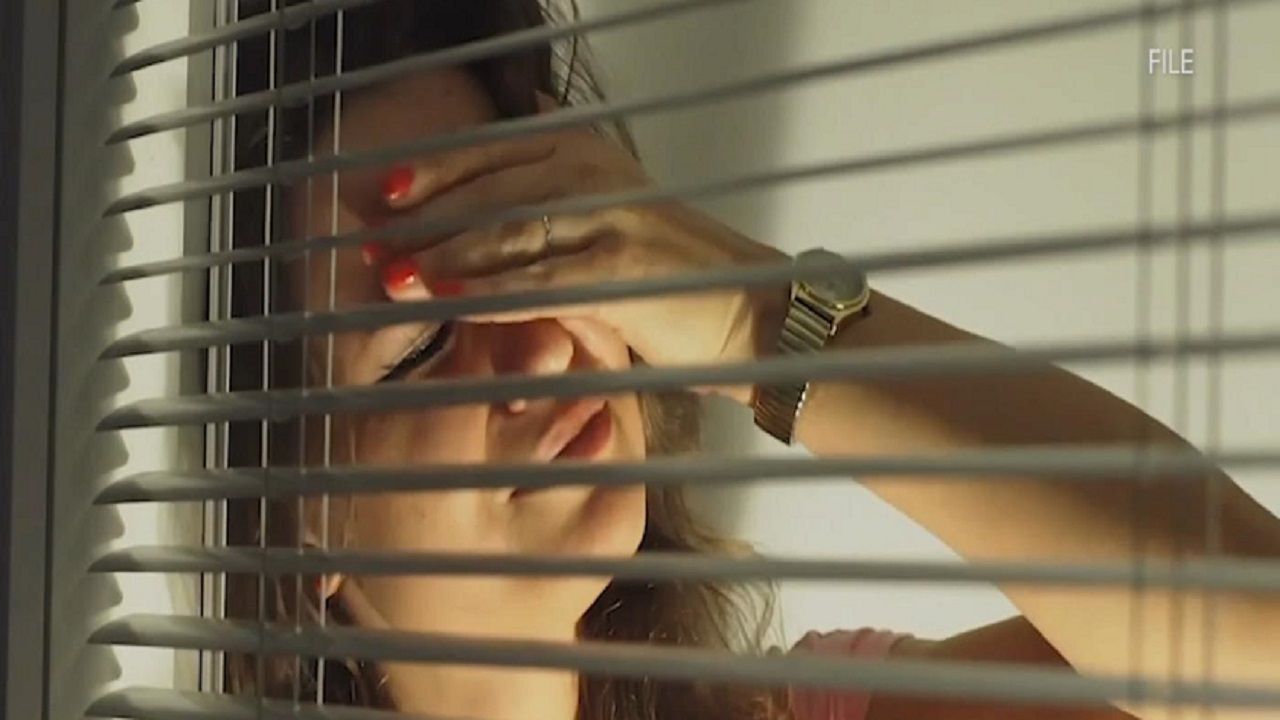Editor's note: Mental Health Musings (MHM) will focus on community resources and stories throughout the duration of the COVID-19 pandemic and ongoing protests against police brutality.
The New York State Office of Mental Health (NYS OMH) hosted a virtual town hall meeting on December 8 with Ann Sullivan, the state commissioner of mental health, presenting what the future holds for the public mental health system.
During the statewide meeting, concerns from the different counties and their different agencies were heard in public comment.
Many cited the long lasting effects of the COVID-19 pandemic on people’s mental and behavioral health, the role of police and jails as de facto providers and concerns about insurance parity.
The NYS OMH’s transformation plan hopes to bolster community-based services across the state after deinstitutionalization failed to adequately fund and support those programs, leading many people with mental illness dependent on other institutions like jails or community hospitals.
The plan is funded through the reinvestment of dollars from the closing of inpatient psychiatric center beds, allowing the state office to invest $82 million in annual funding to these projects.
This plan aims to help address several social determinants of health including housing, access to affordable health care and transportation.
NYS OMH released a white paper exploring how the COVID-19 pandemic impacted the population they serve.
“[It] represents an intersection of several subpopulations at significantly greater risk for COVID-19 exposure and complications, including people experiencing discrimination, poverty, medical comorbidities, insufficient access to health care, and living in congregate settings, such as residences, hospitals, homeless shelters, and jails or prisons, or without consistent safe housing,” according to the white paper.
This population will also carry the brunt of the pandemic's mental and behavioral health impacts.
Social determinants of health have a more powerful influence on mental and behavioral health disorders because unemployment, housing instability, and limited access to health care are both risk factors and consequences of mental and behavioral health disorders, according to the white paper.
In Buffalo, those disparities in social determinants of health manifest in the city’s Black residents’ life expectancy being five years shorter than white residents, according to the Advancing Health Equity and Inclusive Growth in Buffalo report.
Those long-standing inequities were felt earlier during the pandemic with COVID-19 deaths hovering around 34 percent for Black residents in Buffalo, nearly three times the population rate (13.8 percent) of Black residents, said Pastor Kinzer Pointer, of Agape Fellowship Baptist Church, during Spectrum News Buffalo’s #IAm1in5 Facebook Live chat in May.
While the infection rate of Buffalo’s Black residents has fallen closer to the population rate, it was due to advocacy and efforts of the Buffalo Center for Health Equity and African American Health Equity Task Force, in addressing those social determinants of health.
While the FDA is anticipated to approve the Pfizer vaccine Dec. 10, with Western New York slotted to have 14,500 allotments of the vaccine’s first shipment, the behavioral health impacts of the pandemic are anticipated to outlast the virus.



